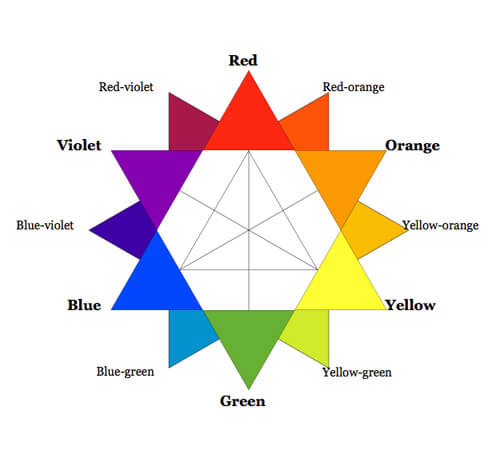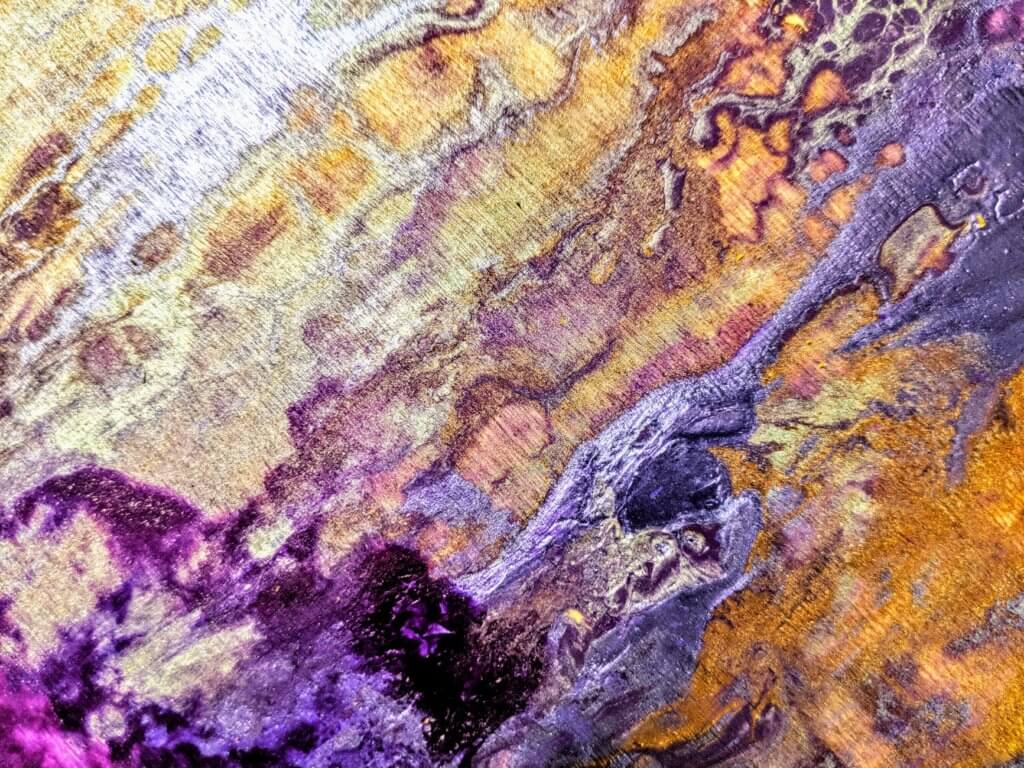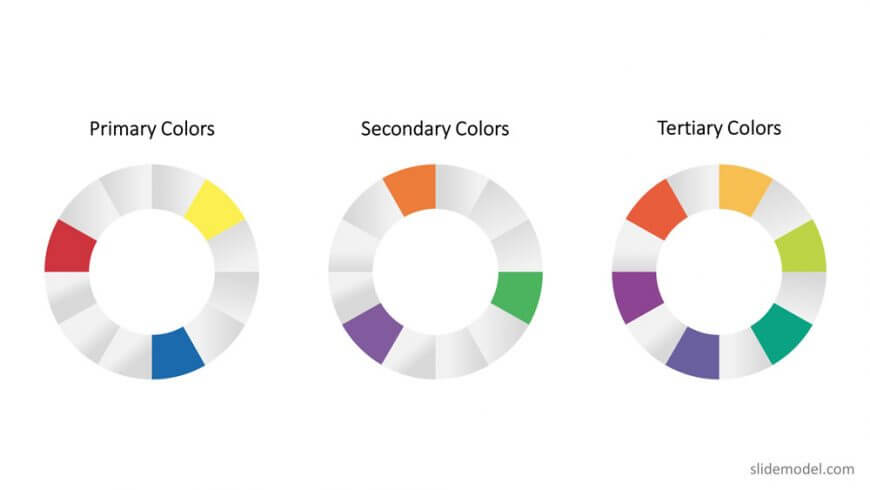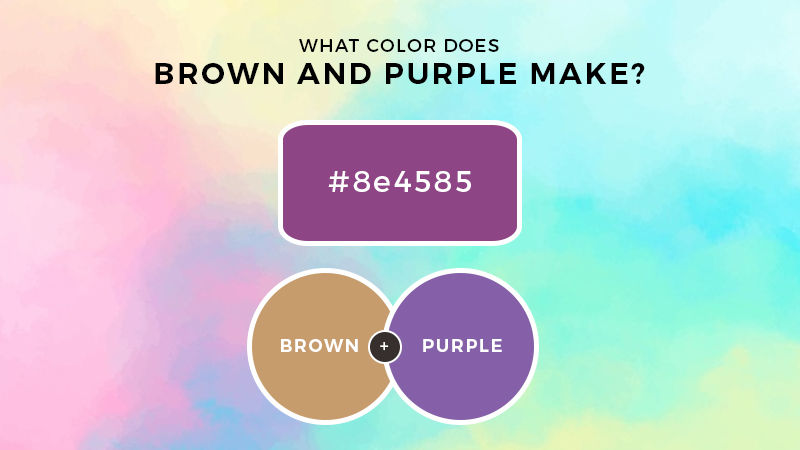Brown and Purple Mixed! What Color Does Brown and Purple Make
Whether you’re eyeing to create something spectacular on the canvas or experimenting with your make-up, you are sure to encounter the need for the colors brown and purple.
Given their unique visual characteristics that evoke feelings of elegance and sophistication, it is not hard to think of ways to take advantage of these colors.
However, have you ever wondered what color you will get when you mix these two pigments together? Will the result become darker or turn into a much brighter hue? In what ways can this mixing process help with your art?
In this article, we will help you discover what color you can come up with when you blend these two pigments together and how, specifically, this can help you improve your craft.
Read on.
Color Theory: Your Ultimate Guide to Mixing Colors
Before we dive into discussing what results when you mix brown and purple, it’s important to first lay down the basics of “Color Theory.”
In the visual arts, color theory refers to both the science and art of using color. Put simply, the color theory provides a set of rules and principles that will help you choose the right color combination to evoke the right feelings from your spectators.
Whether it be for your art piece, web design, daily get-ups, or even a simple presentation, the color wheel allows you to relay your message using colors while understanding the proper way to replicate your desired pigment.
Generally, there are two basic categories of color theory that are important to note. They include the color wheel and color harmony.
To help you understand each principle, here is a brief guide that summarizes each of them.
Color Wheel
You may already be familiar with the color wheel. You likely learned about this Color Theory concept in kindergarten. As you may remember, it refers to a logically arranged sequence of pure hues around a circle.
Under such an arrangement, colors are divided into three categories: primary, secondary, and tertiary.
In the traditional color theory, the primary colors, which consist of red, yellow, and blue, are those that can’t be reproduced by simply mixing other colors together. Coming from the word “primary,” they are the base from which all other pigments are made.
Meanwhile, secondary colors are those created when you mix two primary colors together. They are composed of the colors green (blue + yellow), orange (yellow + red), and purple (red + blue).
Lastly, tertiary colors are those that are derived by mixing a primary and a secondary color together. They usually come in two-word names, such as red-orange, yellow-orange, yellow-green, blue-green, blue-violet, and red-violet.
Color Harmony
The color wheel also serves as a tool to understand which colors create a pleasing aesthetic together and which colors do not. This concept centers around creating harmony.

To date, there are many theories for color harmony. Among these include:
-
Complementary colors:
To explain simply, complementary colors are colors found opposite each other on the color wheel. Their position indicates that they create a high contrast when used alongside each other. As such, they work well when trying to highlight something, particularly by using one as a background and the other as an accent.
-
Analogous colors
While complementary colors are situated opposite each other, analogous colors are any three colors that are next to each other on the color wheel. In this trio, one color will dominate, one will support, and the other will accent.
-
Triadic colors
While analogous colors are seated next to each other, Triadic colors are any three colors that are equally apart on the color wheel. These colors are often recognized to be very bright and dynamic, making them effective in marketing campaigns that aim to attract attention and make the overall image pop.
What Color Do Brown and Purple Make?
Now that we’ve reviewed the basics of color theory, you probably noticed that purple is a secondary color. This means you can achieve it by mixing two primary colors together, specifically red and blue.
But what about brown? As mentioned earlier, complementary colors are those that provide maximum contrast when used next to each other.
Although they help make the other color appear at their brightest when used “alongside” each other (ex: blue and orange), mixing them together won’t do you any good as they will only cancel each other out; thereby leading to the creation of the murky color that is brown.
So, mixing brown and purple together will range from darker plum to darker brown depending on the quantities you mix.
Since both colors are already dark, blending them together will only lead to an even darker color that is not exactly pleasing to the eye.
The Bottom Line
See how much there is to know and understand with the help of color theory. In the end, although brown and purple may possess unique visual characteristics that are perfect for your art, mixing them together may not be the best option.
To learn more about what colors you can mix instead, don’t hesitate to explore the color wheel and see for yourself which relationships will lead to a grand color combination.
We hope you learned a lot!
Read Latest Posts

Hi, I'm Anthony Tran! Welcome to my site. I live in Arizona and am obsessed with all things related to building an Online Business and working from home. Learn about my journey here.
Follow Online






